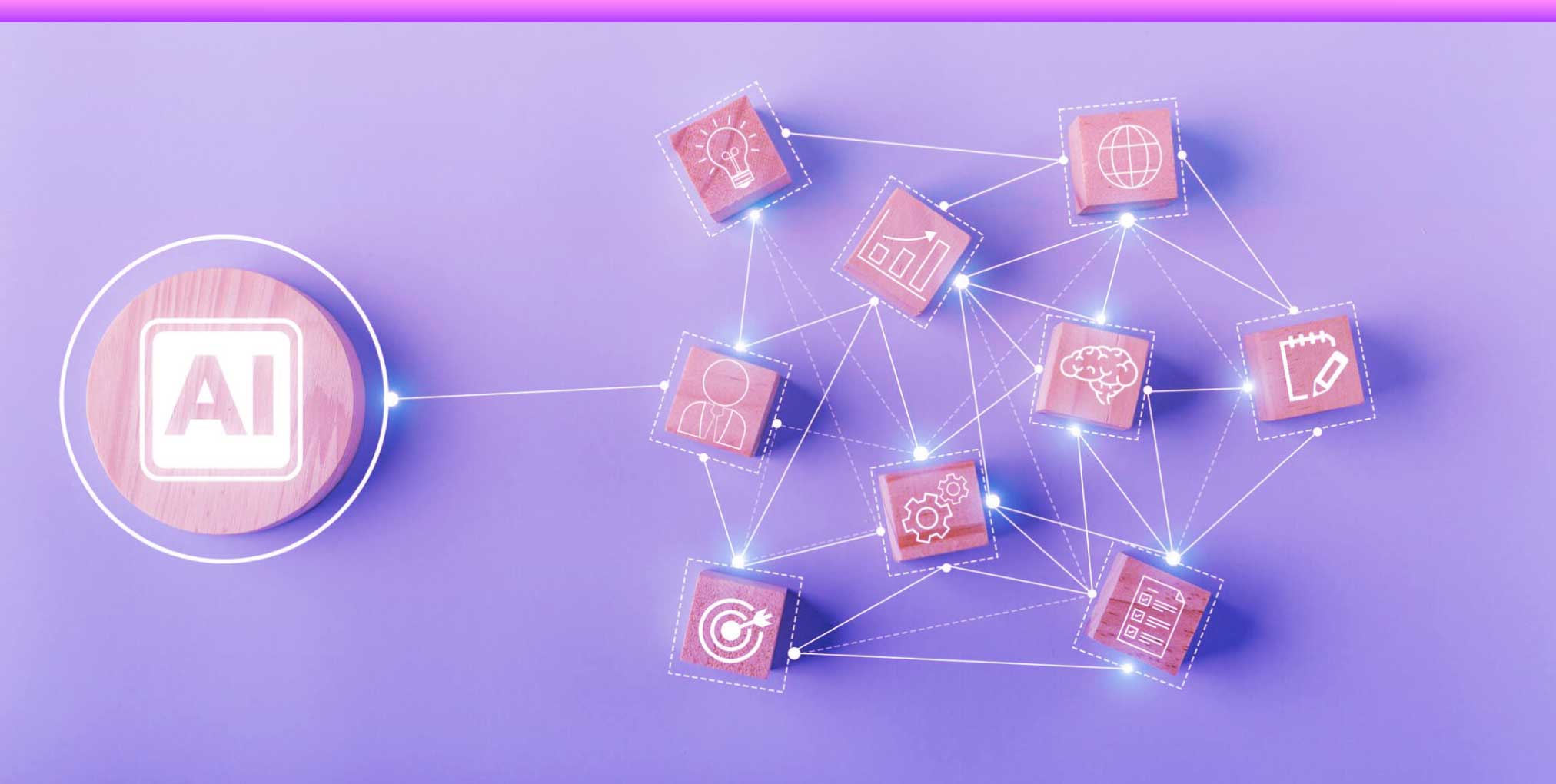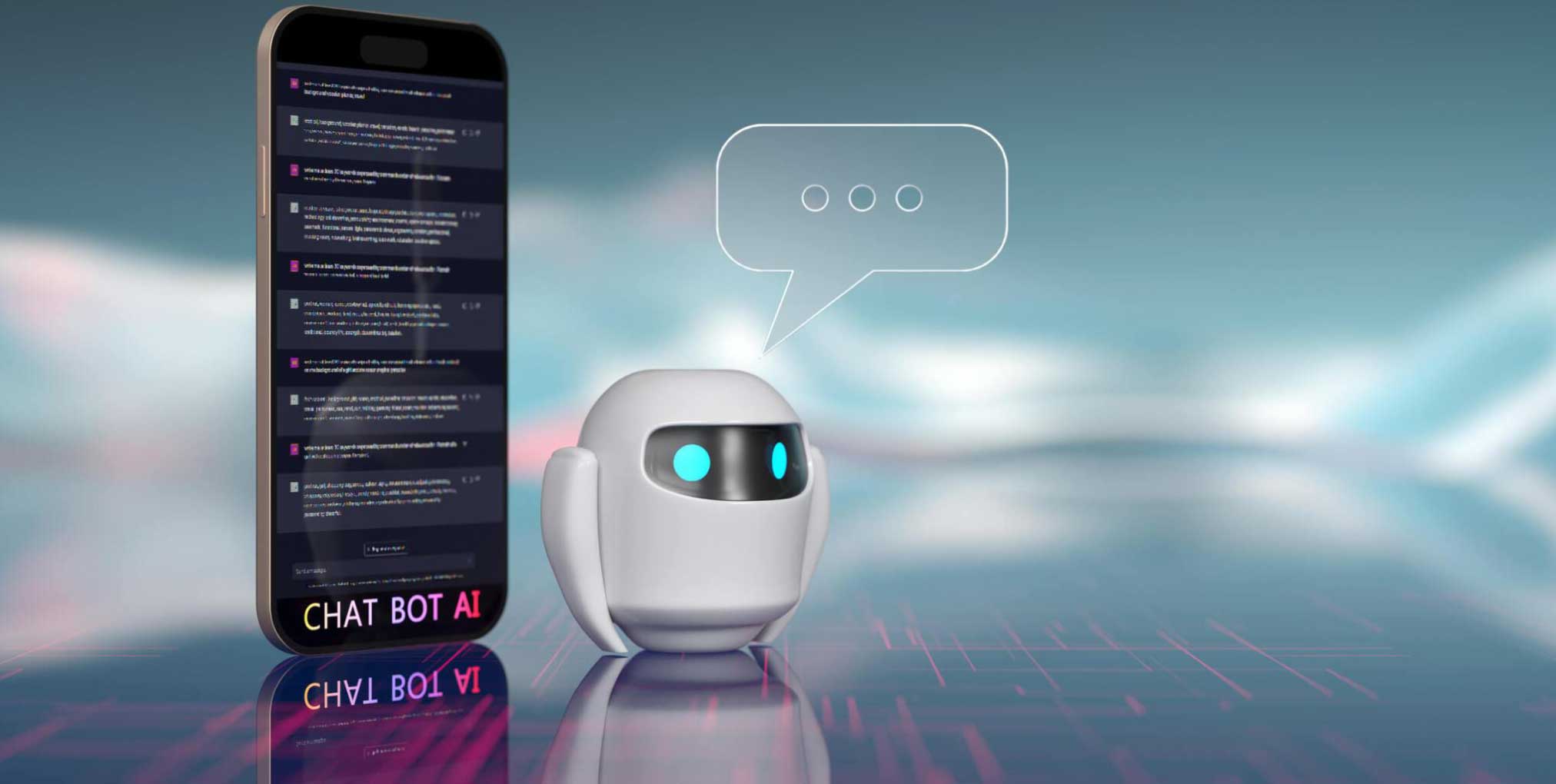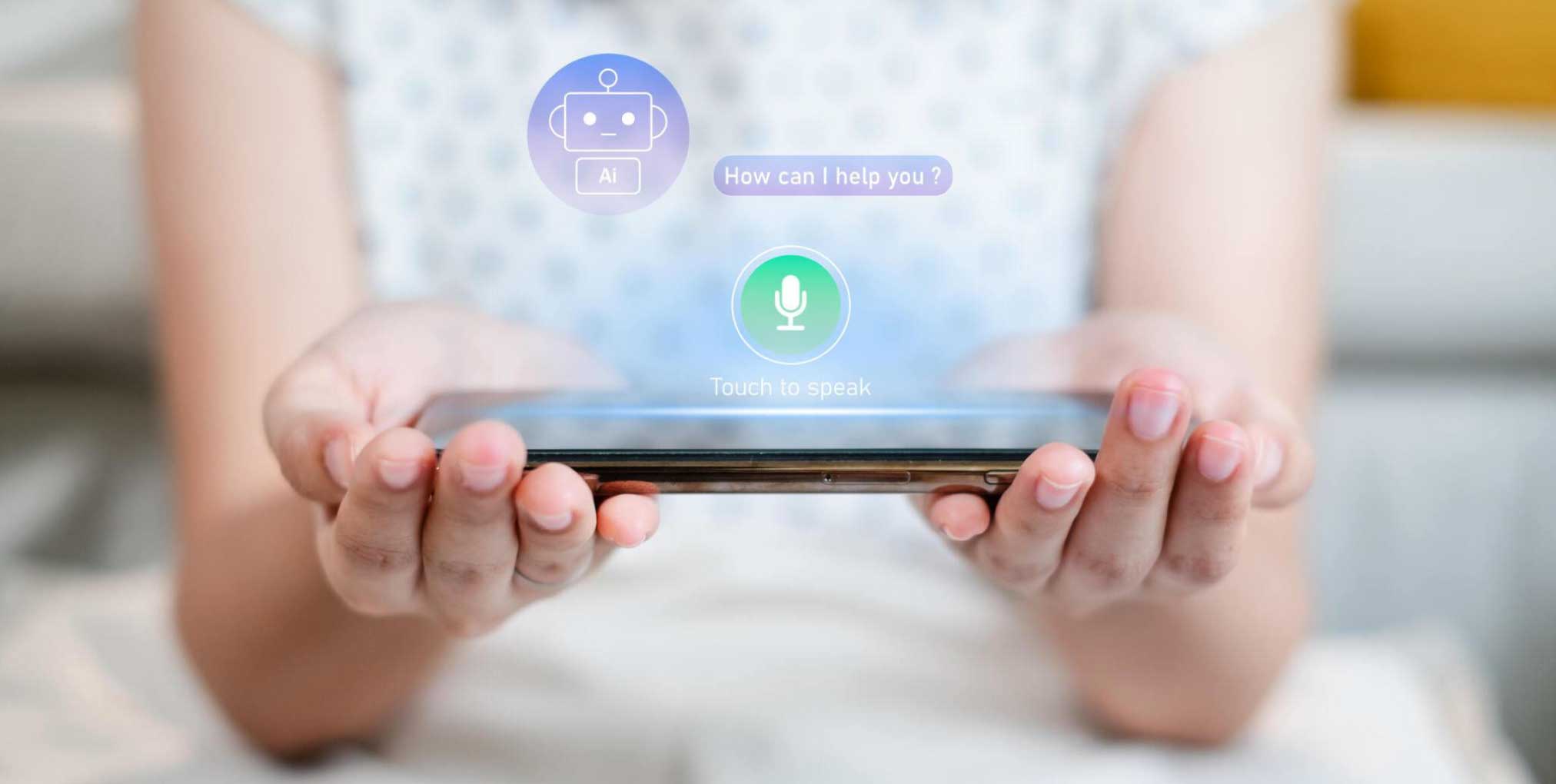

January 15, 2024
Do you need help with the challenge of achieving higher conversion rates on your website or online store? Are you searching for a solution to boost your sales and effectively engage your target audience? You’re in the right place!
AI chatbots have emerged as a game-changing force in the e-commerce industry, and their significance cannot be overstated. These AI-driven virtual assistants offer a seamless and highly personalized customer experience, increasing conversion rates and customer satisfaction.
In this article, we’ll embark on a journey into the world of AI chatbot best practices. We will uncover how these intelligent chatbots can catalyze enhancing your conversion rates and, in turn, your business success.

Have you heard about AI in Business? It’s seriously changing the game! Companies are using it to automate routine tasks, get super valuable insights from data, and make better decisions. It’s like having a genius assistant that helps you grow and innovate!
Imagine AI chatbots as intelligent computer programs trained to have human-like conversations. They use Artificial Intelligence, which makes them quite impressive. They can chat with you, understand your questions, and respond like real people.
But here’s the exciting part: AI chatbots aren’t limited to simple conversations. They can do a wide range of tasks. For instance, they can provide you with valuable information and recommendations. Need help with placing an order? They can handle that, too, and with great accuracy.
AI chatbot services are like the digital workforce of tomorrow. They can completely change how businesses interact with their customers. Instead of waiting on hold or searching through a website for answers, you can chat with a bot and get things done quickly and easily. This can save time and make the whole experience more convenient for everyone. It’s like having a smart, helpful assistant at your fingertips, 24/7.
When it comes to AI chatbot best practices, one of the fundamental steps is setting clear objectives. Now, what does that mean? Think of it as the first building block in creating a helpful chatbot. It’s like putting a goal for your chatbot. So, what’s your chatbot going to do? Do you want it to help sell more stuff, provide top-notch customer support, or gather important data?
This step is crucial because it’s like setting the direction for your chatbot. Your goals are like a roadmap for designing and making your chatbot work effectively. So, in AI chatbot services, setting clear objectives is your compass – it guides everything your chatbot will do.
Think of the chatbot platform as the backbone of your AI chatbot, and its role in boosting conversion rates becomes even more apparent. Selecting a platform with robust integration capabilities ensures that your chatbot seamlessly fits into your existing systems, like your e-commerce website.
A smooth integration can lead to a more cohesive and efficient user experience. This results in higher conversion rates. It’s like having all your tools work in perfect harmony to get the job done faster and better.
Scalability, another factor to consider, allows your chatbot to grow and adapt to increasing demands. As your business expands, your chatbot can handle more interactions, assist customers, and facilitate more conversions.
In AI chatbot development services, some well-known platforms like Dialogflow, Microsoft Bot Framework, and IBM Watson offer solid and reliable solutions. With the right foundation, you can build a tall structure that delivers excellent results, which, in this case, is improved conversion rates.

If you want to create a chatbot for a website, its success is based on how user-friendly the conversations are. User-friendly conversations are like the welcome mat to your website. They set the tone for the visitor’s experience. When chatbot dialogues are concise, they’re to the point and not filled with unnecessary jargon or information. Visitors can quickly get the information they need, making their experience efficient and enjoyable.
Making these dialogues easy to understand is equally crucial. If visitors find the chatbot’s responses confusing or overly technical, it can lead to frustration. This act reduces the conversion rates.
Engaging dialogues are like the friendly and helpful staff at a physical store. They keep customers interested and motivated to stay and explore more. An engaging chatbot can guide users effectively and keep them on your website longer – increasing the chances of a conversion.
Here’s where natural language processing (NLP) comes into play. NLP enables the chatbot to understand and respond to user queries in a way that feels more human. This capability ensures the chatbot comprehends the nuances of language and provides accurate and relevant responses.
In chatbot best practices, personalization emerges as a vital factor for boosting user engagement. Personalization goes the extra mile in customer service. It’s about tailoring the chatbot experience to each individual’s unique needs and preferences.
Advanced AI chatbots are powerful tools for achieving this level of personalization. They use valuable customer data, including past purchases, browsing history, preferences, and even on-site behavior. This data acts as the foundation for crafting personalized interactions with users.
For example, if a customer frequently purchases sports equipment, the chatbot can intelligently recommend related products or offer insights on the latest arrivals in that category.
Moreover, personalization goes beyond product recommendations. It extends to support and promotions. A chatbot providing exclusive promotions based on their past interactions creates a sense of being understood and valued. This personal touch can significantly impact conversion rates.
Proactive engagement in the context of chatbot interactions is a powerful strategy that can make a significant difference in conversion rates. Instead of simply waiting for users to initiate conversations with a chatbot, proactive engagement takes a more active stance. In the digital world, proactive engagement involves the chatbot taking the initiative to reach out to users based on their behavior.
This behavior-driven approach is all about paying attention to how users interact with your website. For example, if a user spends significant time browsing a specific product category, the chatbot can use this information to recommend related products.
Proactive engagement can extend beyond product recommendations. It can involve offering help, answering questions, or guiding users through specific processes. For instance, if a user seems to be struggling with the checkout process, the chatbot can step in with guidance or support, ensuring a smoother experience.
This level of care and attention can leave a lasting impression on users and complete desired actions, such as purchasing.
Imagine your chatbot as a dedicated student, always eager to improve. Continuous learning means your chatbot doesn’t stay static but adapts and evolves. It’s like a student who keeps studying and learning to get better at what they do. This dynamic approach ensures that your chatbot remains up-to-date and capable of delivering meaningful user experiences.
Feedback loops are a central component of continuous learning. Users’ interactions with the chatbot generate valuable feedback. This feedback can be about various aspects, such as the chatbot’s responses, user satisfaction, and areas where it might fall short. By implementing feedback loops, you create a system where you can gather, analyze, and act on this feedback.
When your chatbot learns from user interactions and feedback, it can make adjustments and improvements. This includes refining its responses, expanding its knowledge base, or enhancing its ability to understand user queries.

Offering multiple communication touchpoints, such as voice and text, is one of the significant chatbot best practices. When you offer multiple touchpoints, you’re giving your customers a choice in how they want to interact with your chatbot.
The key here is flexibility. By providing both voice and text options for communication, you’re catering to a broader audience. Some users prefer typing their queries and responses, while others might find it more convenient to speak. This choice respects their preferences, and convenience is critical in enhancing the user experience.
Furthermore, multiple touchpoints can enhance accessibility. Users with varying abilities or those who might face challenges with typing can use voice interactions. This inclusivity reflects a commitment to serving a diverse customer base.
So, when offering AI development services, remember that giving users multiple touchpoints makes it easier to connect with your chatbot and build a productive interaction.
AI chatbots, when well-implemented, can provide a seamless and highly personalized experience for your users. This personalization can be a game-changer in converting potential leads into customers. By incorporating these AI chatbot best practices, you can ensure that your chatbot strategy aligns with the most effective methods.
One of the primary goals of these best practices is to optimize your chatbots for conversion rate optimization. However, it’s important to note that achieving and maintaining these high conversion rates is an ongoing process. It’s not a one-and-done deal.
Continuous monitoring and optimization are essential. You should regularly assess how well your chatbots are performing, what’s working, and where there’s room for improvement. This iterative approach ensures that your chatbots consistently deliver the best results for your customers and, in turn, your business.